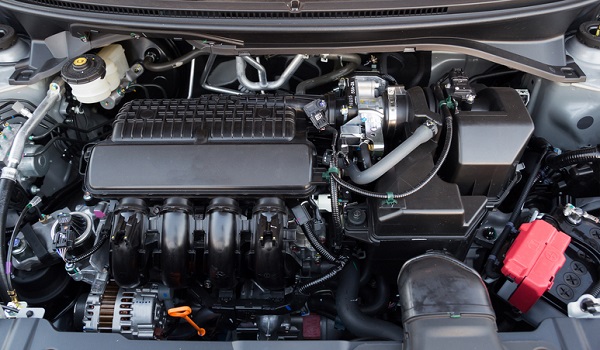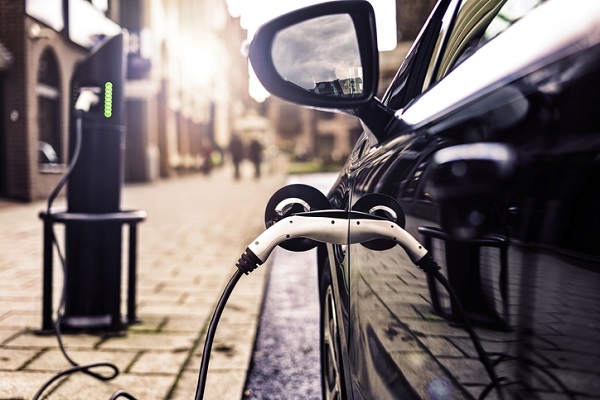What Students in Auto Mechanic School Should Know About the Future of the Combustion Engine

If you’re a car fanatic, you know that the internal combustion engine (ICE) has revolutionized transportation over the past century, and you may have also heard that its days are numbered. Since consumers can now buy electric vehicles (EV) that emit no greenhouse gases, surely, it’s just a matter of time before EVs outnumber ICE-powered vehicles, right? Wrong! The truth is that not only is the ICE not going anywhere soon, but it actually has a very promising future. Check out what the next few decades hold for the ICE.
Internal Combustion Engines Are Becoming More Environmentally Friendly
Instead of being a barrier to tackling climate change, ICEs are becoming greener than ever thanks to improvements in fuel efficiency. In 1975, for example, fuel efficiency for passenger vehicles was less than 17 liters/100km. Today, that number has improved to about 8 liters/100km.
Furthermore, making substantial improvements to the fuel efficiency of ICEs is likely to translate into significant cuts to overall carbon dioxide (CO2) emissions, simply because the vast majority of vehicles on the road are ICE-powered. In 2017, for example, over 2 million cars were sold in Canada, but only 1.4 per cent of them were electric.

Auto Mechanics Will See Mazda’s Compression-Ignition Gasoline Engine Soon
To get an idea of how the ICE keeps getting better, have a look at Mazda’s ground-breaking Skyactiv-X engine. The Skyactiv-X solves a problem that engineers have been working on for years: how to combine the fuel efficiency of a diesel engine with the lower pollution emissions of a gasoline engine. To do this, Mazda’s new engine compresses a mixture of gasoline and air, before igniting it with a spark controlled compression ignition (SCCI). The result is an engine that improves fuel efficiency by a massive 20 to 30 per cent.
In 2019, auto mechanics will get their first chance to work on the Skyactiv-X engine when the 2019 Mazda3 is released, featuring this revolutionary technology.
The automaker claims that improvements in ICE technology could even result in a gasoline-powered vehicle that produces less CO2 than an EV over its lifetime. EVs, while emitting no CO2s themselves, still need to get their energy from the electricity grid, which in much of the world is still powered by coal. So, theoretically, an extremely fuel efficient gasoline-powered car could be more environmentally friendly than an EV vehicle that uses electricity from non-renewable sources.
Electric Technology Will Actually Make the Internal Combustion Engine More Relevant
Alongside groundbreaking developments like Mazda’s Skyactiv-X technology, greater adoption of existing fuel-saving electric technologies will continue. For example, stop-start ignition and regenerative braking are already used alongside ICE engines to improve fuel efficiency and their adoption is expected to grow.

Hybrids and plug-in hybrids, which combine the fuel savings of EVs with the power of ICEs, are also becoming more popular. Instead of overpowering the ICE, this electric tech is helping make the ICE more relevant. Chances are that after you complete auto mechanic school, many of the vehicles you’ll be working on will continue to rely on ICE technology.
Are you interested in a career in the automotive sector?
Contact CATI today to find out more about our auto mechanic courses.
